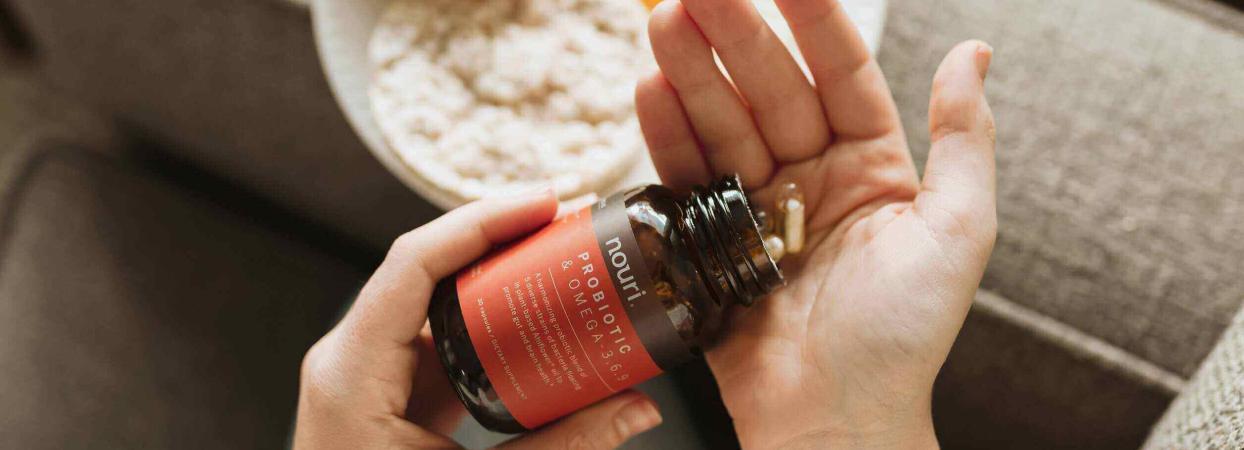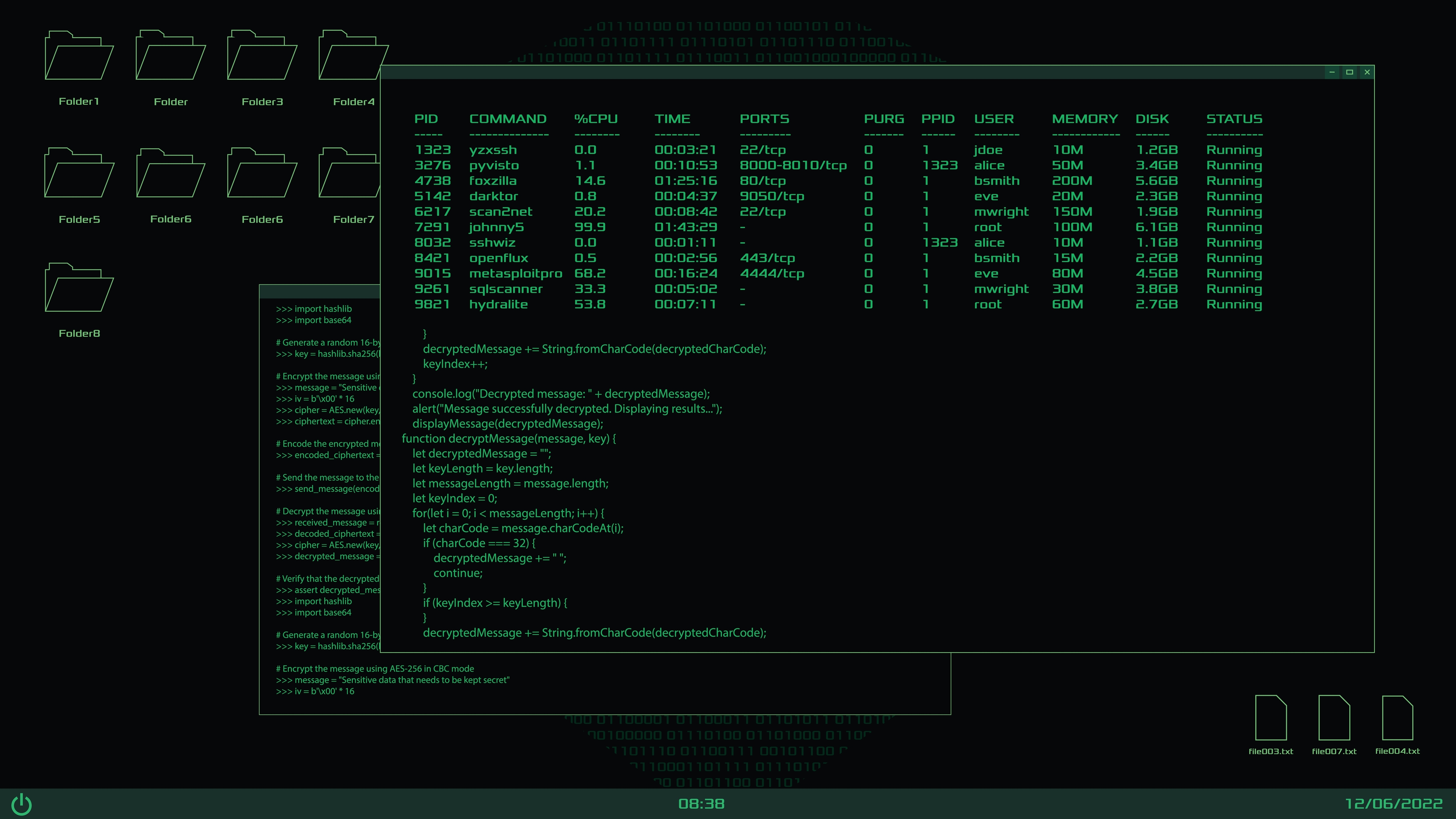The $150 billion supplement industry follows clear seasonal patterns that smart PR professionals can use to their advantage. Winter brings increased demand for immune support products, while summer sees consumers reaching for energy and hydration supplements. New Year’s resolutions drive January sales of weight management products. Understanding these predictable cycles allows supplement brands to plan targeted PR campaigns that align perfectly with consumer needs and buying behaviors.
PR Overview
Timing Your PR Push for Maximum Impact
The most successful supplement PR campaigns start planning 3-4 months before peak seasonal demand. This lead time allows for proper media outreach, influencer partnerships, and content development. According to Nutrition Business Journal, 40% of immune supplement sales occur between October and February. Summer hydration supplement sales spike 65% between June and August.
PR teams should map out key seasonal milestones and work backward to create comprehensive campaign timelines. This includes identifying relevant media contacts, developing compelling storylines, and coordinating product sampling well in advance of target publication dates.
Crafting Season-Specific Messaging
Different seasons call for distinct messaging approaches based on consumer mindsets and health priorities. Winter campaigns often focus on prevention and protection, while summer messaging emphasizes vitality and peak performance.
For example, immune supplement brand Emergen-C sees its highest engagement rates with winter content that educates consumers about fighting cold and flu naturally. Their “Winter Wellness” campaign generated over 50 million media impressions by positioning their product as a proactive health solution.
Leveraging Medical Expert Partnerships
Third-party validation from medical professionals adds credibility to seasonal supplement PR. According to a 2023 Trust Barometer study, 84% of consumers say expert endorsements influence their supplement purchases.
Leading brands maintain relationships with doctors, nutritionists, and researchers who can speak to the science behind seasonal supplementation. These experts provide quotes for press releases, author bylined articles, and participate in media interviews during key seasonal windows.
Social channels allow supplement brands to create timely, targeted seasonal content. User-generated content showing real results helps drive engagement – athletic hydration brand Nuun saw a 312% increase in summer social engagement after launching their #HydrateYourHustle campaign featuring customer success stories.
Strategic hashtag use also amplifies seasonal messaging. Research shows posts with seasonal wellness hashtags like #WinterImmunity and #SummerHydration see 40% higher engagement than generic supplement content.
New Year, New Opportunities
The January supplement surge presents massive PR potential. Nielsen data shows supplement sales increase 78% in January compared to December, driven by resolution-makers focused on health goals.
Smart PR teams capitalize on this mindset shift by positioning their products as essential tools for New Year’s success. Pre-seeding story ideas to health and wellness media in Q4 ensures coverage hits during peak buying season.
Measuring Campaign Success
Key performance indicators for seasonal supplement PR should track:
- Media impressions and sentiment
- Social engagement metrics
- Website traffic from PR activities
- Sales lift during campaign periods
- Share of voice vs competitors
Leading brands use media monitoring tools to quantify campaign impact and optimize future seasonal strategies. A/B testing different messaging approaches provides data to refine positioning.
Building Year-Round Momentum
While seasonal spikes drive significant sales, maintaining consistent PR presence throughout the year builds lasting brand awareness. According to McKinsey research, supplement brands that maintain steady media coverage see 23% higher annual sales than those who only push during peak seasons.
Successful supplement PR requires careful planning, authentic storytelling, and strategic timing. By aligning campaigns with natural seasonal demand and consumer needs, brands can maximize impact and drive measurable business results. The most effective programs combine expert voices, targeted messaging, and integrated channel strategies to break through the noise. Start planning your next seasonal campaign at least one quarter in advance, focusing on genuine consumer benefits and credible health claims.
The Intersection of Corporate Communications and Cybersecurity Messaging
When a cybersecurity incident strikes, the technical breach is only half the battle. The other...
Position Yourself as a Health Expert Journalists Actually Call
Most health and wellness founders hit a wall when their expertise outpaces their visibility....
How Security Leaders Position Credibility in Crypto Markets
When a security incident hits, the clock starts ticking in minutes, not hours. Your investors...




